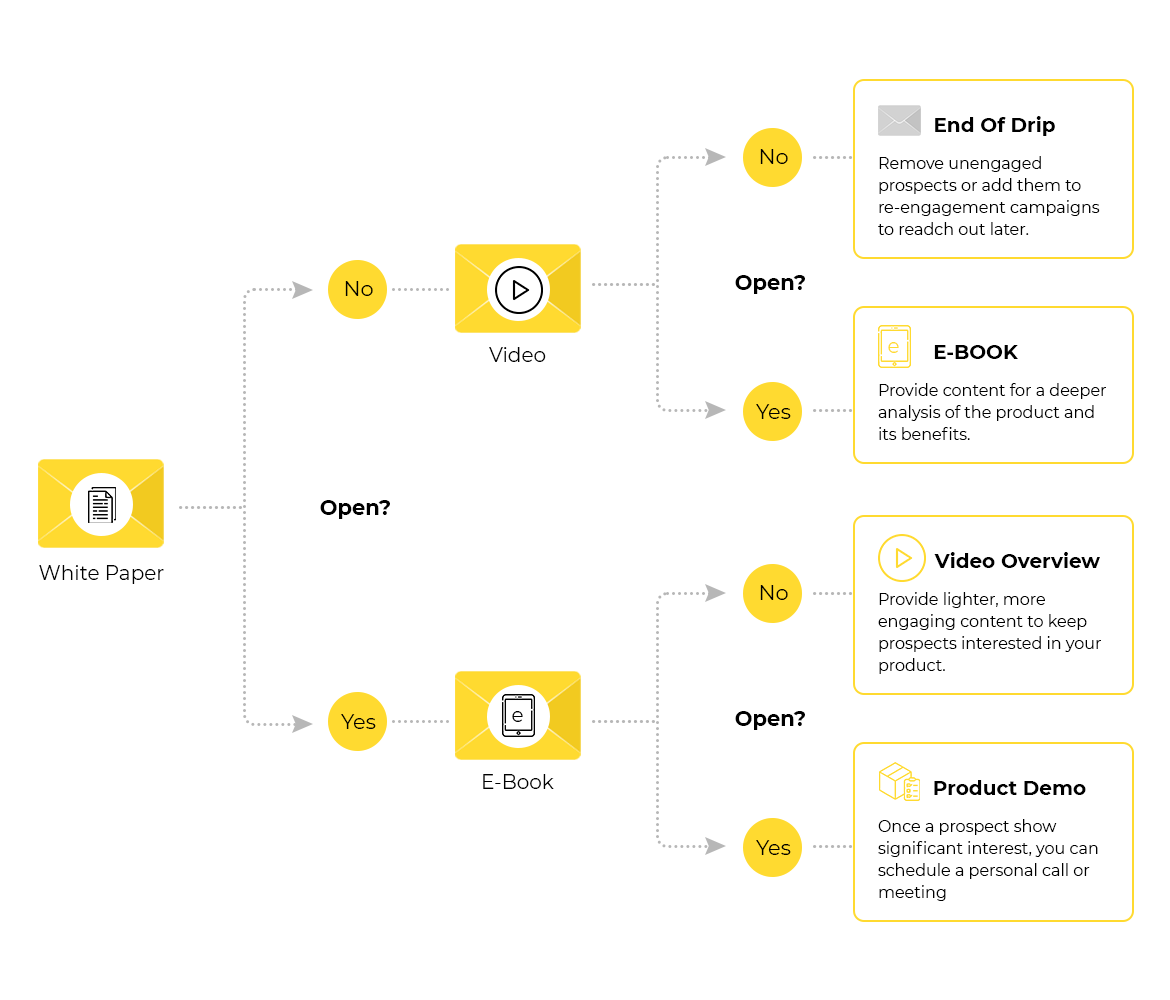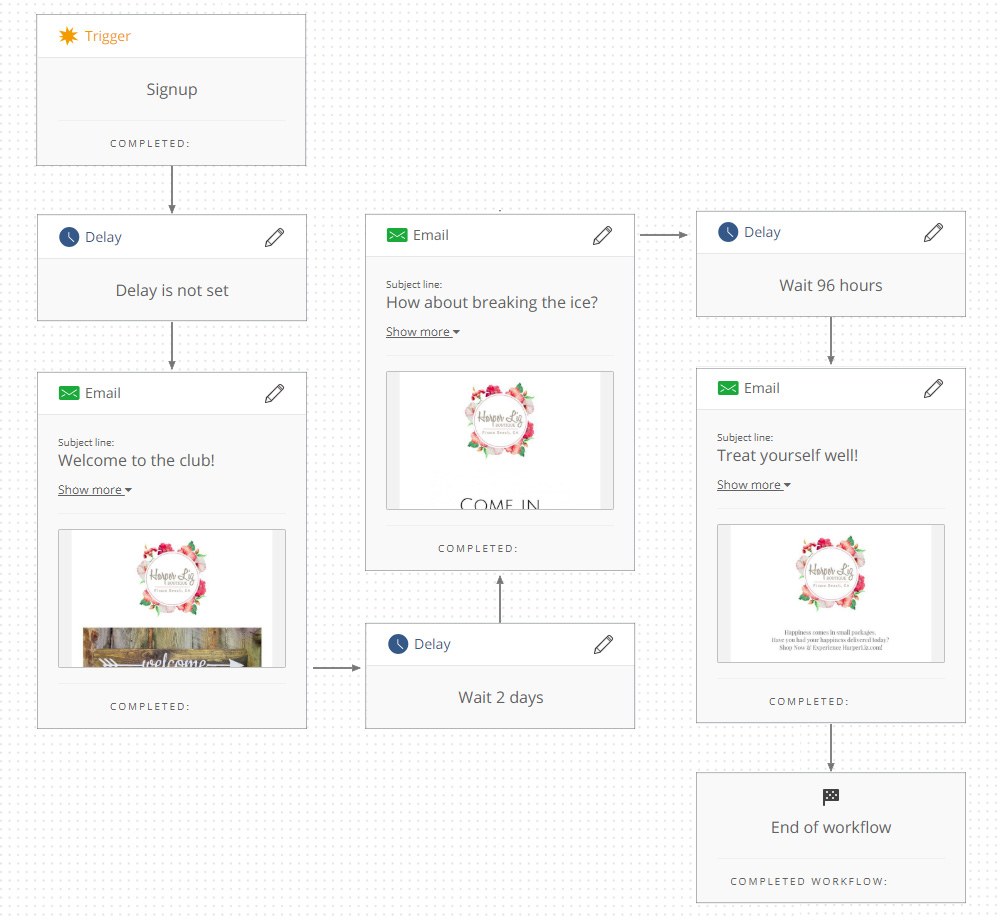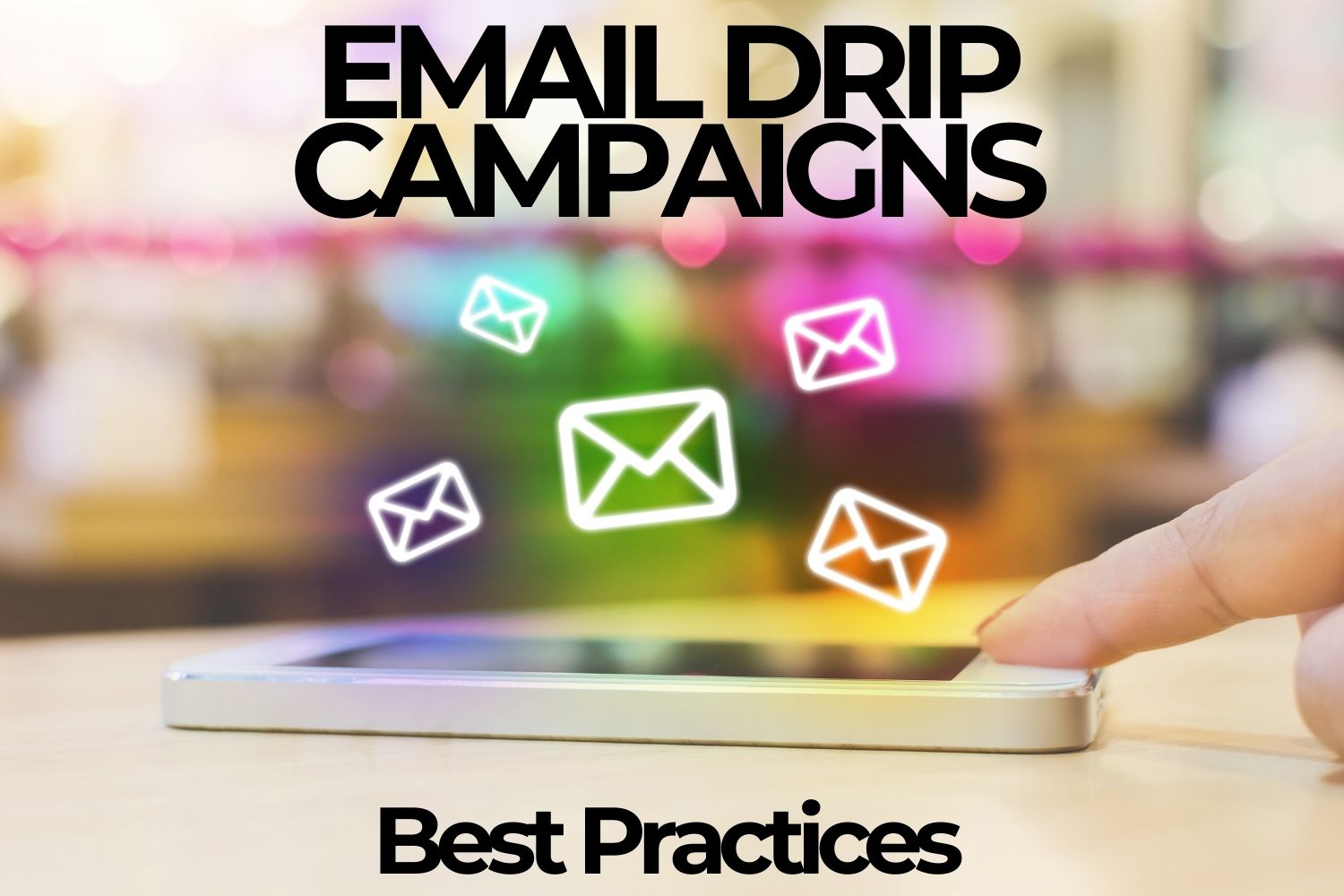When creating an email drip campaign, focus on delivering value, personalization, and segmentation to enhance engagement. By crafting relevant, timely content and utilizing clear calls to action, you can drive conversions and cultivate strong customer relationships.
Email drip campaigns are a powerful tool for nurturing leads and retaining customers. Effective strategies involve segmenting your audience, personalizing your content, and testing and optimizing your emails for maximum impact. We’ll explore best practices for creating successful email drip campaigns that resonate with your audience and drive results.
Whether you’re new to email marketing or looking to refine your current strategy, these tips will help you harness the power of email drip campaigns to drive continuous engagement and deliver valuable content to your subscribers.
Crafting Compelling Content
Discover the art of creating captivating content for effective email drip campaigns. Learn proven strategies to engage and convert your audience through strategic messaging and personalized communication. Elevate your email marketing game with these best practices for optimal results.
Understanding Your Audience
When it comes to crafting compelling content for your email drip campaigns, understanding your audience is essential. By knowing who you are targeting, you can tailor your messages to their specific needs and preferences. Spend time researching your audience demographics, their pain points, and their goals. This information will help you create content that resonates with them and keeps them engaged throughout the campaign. Remember to keep your content concise and easy to read, with a conversational tone that speaks directly to your target audience.Creating Engaging Subject Lines
Your subject line is the first thing your audience sees when they receive your email. It acts as a gatekeeper, determining whether your audience will open your email or send it straight to the trash. To craft engaging subject lines, keep them short and to the point, using compelling words that grab attention. Consider adding a sense of urgency or curiosity to entice your audience to open the email. Personalize subject lines whenever possible, using the recipient’s name or other relevant details. Testing different subject lines can also help you determine which ones generate the highest open rates.Personalization And Segmentation
Personalization and segmentation are two key elements in crafting compelling content for your email drip campaigns. Personalization involves tailoring your messages to each recipient, making them feel like you are speaking directly to them. Include personalized greetings and relevant content based on their preferences or past interactions. Segmentation involves dividing your audience into smaller groups based on specific criteria, such as demographics or buying behavior. This allows you to send targeted messages that are more likely to resonate with each subgroup. Incorporating personalization and segmentation will significantly increase the effectiveness of your email drip campaigns.| Benefits of Personalization and Segmentation: |
|

Credit: email.uplers.com
Optimizing Send Times And Frequency
When it comes to email drip campaigns, optimizing the send times and frequency is crucial for maximizing engagement and conversions. In this section, we’ll explore best practices for determining the right send times, frequency, and conducting A/B testing to achieve optimal results. Let’s dive in!
A/b Testing For Optimal Results
A/B testing allows you to compare different send times and frequencies to identify the most effective combinations for your target audience. By creating variations and analyzing the performance metrics, such as open rates and click-through rates, you can refine your email drip campaign for improved results.
Monitoring Engagement Metrics
It’s essential to continuously monitor engagement metrics, including open rates, click-through rates, and unsubscribe rates, to gauge the effectiveness of your email drip campaign. By staying attentive to these metrics, you can make data-driven adjustments to the send times and frequency, ensuring that your emails are reaching recipients at optimal moments.
Determining The Right Frequency
Determining the right frequency of your email drip campaign requires striking a balance between staying top-of-mind and avoiding overwhelming your audience. Consider the nature of your content, the preferences of your subscribers, and industry best practices to establish a consistent sending cadence that resonates with your recipients.
Designing Eye-catching Templates
Email drip campaigns are a powerful tool for engaging and nurturing leads over time. An essential aspect of a successful email drip campaign is designing eye-catching templates. Your email design plays a crucial role in capturing the attention of your audience and driving them to take action. In this section, we will explore best practices for creating visually appealing and effective email templates.
Start of the subheading: Mobile Responsiveness
Mobile Responsiveness
With the increasing use of mobile devices, it’s vital to ensure that your email templates are mobile responsive. Mobile responsiveness ensures that your emails render well on various screen sizes, providing a seamless experience for mobile users. Consider using responsive design techniques such as fluid layouts and scalable images to optimize your templates for mobile viewing.
Start of the subheading: Call-to-Action PlacementCall-to-action Placement
The placement of your call-to-action (CTA) within your email template can significantly impact its effectiveness. Strategically placing your CTA where it is easily visible and stands out can encourage recipients to take the desired action. Consider using contrasting colors, prominent buttons, and compelling copy to draw attention to your CTA.
Start of the subheading: Visual HierarchyVisual Hierarchy
Visual hierarchy refers to the arrangement and presentation of elements within your email template to guide the recipient’s attention. Establishing a clear visual hierarchy helps direct the recipient’s focus to the most important elements, such as the headline, imagery, and CTA. Utilize visual cues, such as size, color, and contrast, to create a structured hierarchy that guides the recipient through the content in a meaningful way.
“`Automating Workflows For Efficiency
A major advantage of email drip campaigns is the ability to automate workflows, resulting in increased efficiency for your marketing efforts. Automating workflows allows you to streamline your communication process, saving time and effort while ensuring that your messages reach the right audience at the right time. In this article, we will explore the best practices for automating workflows in email drip campaigns.
Setting Up Triggers
Triggers are the starting point of your email drip campaign. By identifying specific actions or events that will initiate the campaign, you can ensure that your messages are sent to recipients at the optimal time. When setting up triggers, consider actions such as subscribing to a newsletter, making a purchase, or downloading a resource. These triggers can be linked to automation tools or CRM platforms, enabling a seamless integration with your email marketing software.
Drip Campaign Sequencing
Once your triggers are established, it’s important to plan the sequence of your email drip campaign. This involves determining the order and frequency of the messages you will send to your recipients. The sequencing of your drip campaign should be based on the goal of each email and the desired outcome. For example, you may want to start with a welcome email, followed by a series of educational emails, and then conclude with a call-to-action email. By organizing your messages in a logical sequence, you can guide your recipients through the desired journey and increase the likelihood of conversion.
Email Sequence Timing
The timing of your email sequence is crucial to the success of your drip campaign. Sending emails too frequently may overwhelm your recipients, leading to higher unsubscribe rates. On the other hand, sending emails too infrequently may cause your audience to lose interest or forget about your brand. Finding the right balance is essential. Consider factors such as the nature of your industry, the preferences of your target audience, and the content of your emails. Conduct A/B testing to determine the optimal timing for engagement, such as open rates and click-through rates. By analyzing these metrics, you can refine your email sequence timing and maximize the effectiveness of your drip campaign.
Compliance And Best Practices
Gdpr And Can-spam Regulations
Adhering to GDPR ensures data privacy for EU citizens while CAN-SPAM regulates commercial emails.
Permission-based Marketing
Obtaining consent before sending emails is crucial for permission-based marketing.
Unsubscribe Process
Offering a clear unsubscribe process is essential to maintain compliance and respect users’ preferences.

Credit: www.omnisend.com

Credit: feldmancreative.com
Frequently Asked Questions For Email Drip Campaign Best Practices
What Is One Best Practice For Creating An Email Drip Campaign?
One best practice for creating an email drip campaign is to segment your audience effectively. By dividing your subscribers into targeted groups based on their interests or behaviors, you can personalize your content and deliver more relevant emails. This helps to increase engagement and conversion rates, as well as avoid overwhelming your subscribers with irrelevant information.
How Many Emails Should I Send In A Drip Campaign?
It depends on your campaign goals, but 5-7 emails is a common recommendation for a drip campaign. Tailor the number to your specific audience and content.
How Long Should An Email Drip Campaign Last?
An email drip campaign typically lasts for 4-6 weeks, with a sequence of emails spaced out to engage subscribers over time. The duration can vary depending on the goals, audience, and content strategy. Regularly monitor engagement metrics to optimize the campaign length for maximum impact.
How Do I Email A Drip Campaign?
To email a drip campaign, make sure to follow these guidelines: 1. Plan and create a series of targeted, automated emails. 2. Use an email marketing platform that supports drip campaigns. 3. Set up the campaign with a specific schedule and triggers for each email.
4. Personalize the content to suit your audience’s needs and interests. 5. Monitor and analyze the campaign’s performance to optimize results. Remember to carefully follow these steps to effectively implement your drip campaign.
Conclusion
Mastering email drip campaigns requires a strategic approach that adheres to best practices. By understanding the importance of personalization, segmentation, engaging content, and proper timing, you can create highly effective email campaigns that drive conversion and customer satisfaction. Remember to continuously monitor and optimize your campaigns for better results.
Implementing these best practices will help you establish strong relationships with your audience and maximize the success of your email drip campaigns. Stay proactive, adapt to changes, and consistently deliver value to your subscribers for long-term success.
